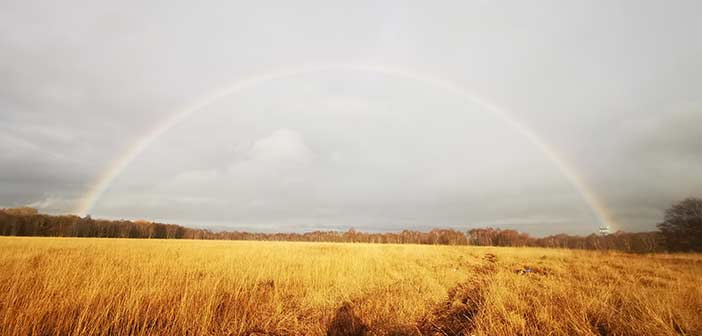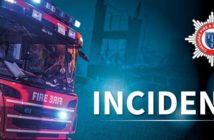THE construction of the controversial HS2 rail network will have a devastating impact on nature in Lymm and Warrington according to a new report published by the Cheshire Wildlife Trust.
Published today (Wednesday) the report, which claims to be the most complete assessment of the environmental damage that HS2 will cause. reveals, the vast scale of the destruction and impact it will cause to nature across the county, including Warrington.
One of the areas under threat is Holcroft Moss. This wetland reserve near Glazeboork, Warrington, is the only known area of lowland bog in Cheshire that hasn’t been cut for peat.
Combining data from 14 Wildlife Trusts, other charities and landowners along the route, the report shows that HS2 will destroy huge areas of irreplaceable natural habitat and protected wildlife sites across the country. This will cause permanent loss of nature, the separation of natural spaces, and the local extinction of endangered species.
Cheshire will be impacted by both phases 2a and 2b of the controversial railway project. Phase 2a will see the destruction of wild spaces from the West Midlands to Crewe. The important habitats affected include woodlands, wildflower meadows, important wetlands and peatlands. One local species particularly affected is the water vole which is already facing possible extinction in Cheshire.
Phase 2b will then run from Crewe, past Northwich before splitting to the north-west of Knutsford. The west branch will head past Lymm and Warrington while the east branch will pass Altrincham, cut through Wythenshawe before finishing in Manchester. The east branch will result in significant losses of ancient woodland.
Dr Rachel Giles, Cheshire Wildlife Trust’s Evidence and Planning Manager, has been a leading figure in the creation of the report. Her team’s work has identified a number of key sites that will be severely impacted, including: Randilow and Bunker Hill, a Local Wildlife Site near Crewe and Erlam’s meadow, a Local Wildlife Site near Knutsford.
Dr Giles comments: ‘’HS2 is the biggest infrastructure project this country has ever seen and will cut a swathe through the landscape up to half a mile wide in certain particularly sensitive locations in the North West. Although sold as a sustainable transport system, the truth is the environmental impacts will be truly devastating and the measures put forward to mitigate the impacts to wildlife are hopelessly inadequate.’’
Cheshire Wildlife Trust are saying that the Government must stop and rethink HS2.
CEO Charlotte Harris remarks, “Cheshire Willdife Trust are supportive of sustainable transport but, if HS2 is to go ahead, a new greener approach must be taken. Under the present plans, the scheme is simply too damaging to local and national wildlife to allow it to continue. We must see dramatic changes in order to bring it in line with Government policy. Our local wildlife deserves and so desperately needs better consideration than what is being given. HS2 should be creating green corridors that feed into a nature recovery network, instead it stands to fragment our wild spaces and isolate them further.”
Cheshire Wildlife Trust is urging people to add their name to the Stop and Rethink HS2 campaign which launches today (wtru.st/ReThink-HS2). Members of the public will be able to send a message to the Prime Minister which will be presented to him in the coming weeks.
For more information, visit: https://www.cheshirewildlifetrust.org.uk/HS2
The report finds that HS2’s current proposals will risk the loss of, or significantly impact:
o 5 Wildlife refuges of international importance, protected by UK law
o 33 Sites of Special Scientific Interest which are protected by UK law
o 693 Classified Local Wildlife Sites
o 21 Designated Local Nature Reserves
o 26 Large landscape-scale initiatives, including:
4 Nature Improvement Areas awarded £1.7 million of public money
22 Living Landscapes – partnership schemes to restore nature
o 18 Wildlife Trust Nature Reserves – many are also designated wildlife sites
o 108 Ancient woodlands, an irreplaceable habitat
o Other irreplaceable habitats such as veteran trees, wood pasture, old meadows
o Extensive further areas of wider natural habitat
o Barn owls and endangered wildlife such white-clawed crayfish, willow tit and lizard orchid. Rarities like dingy skipper may become locally extinct.




